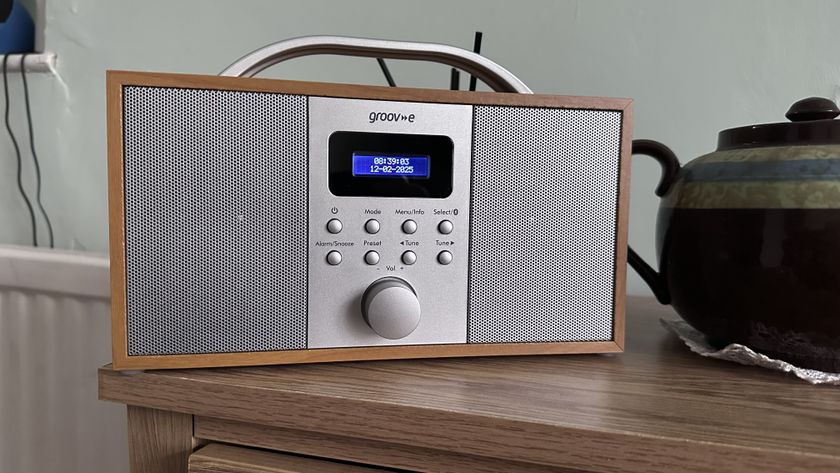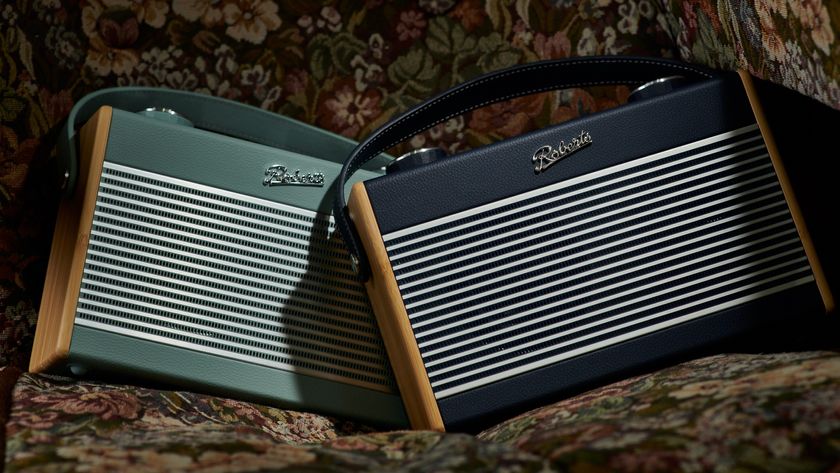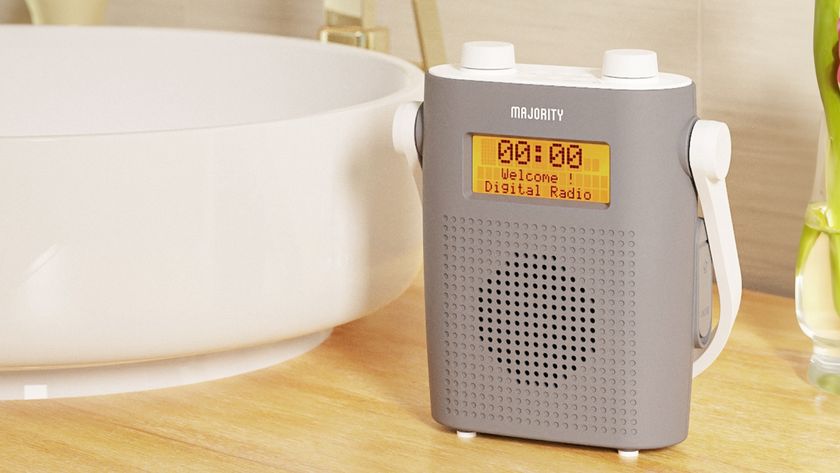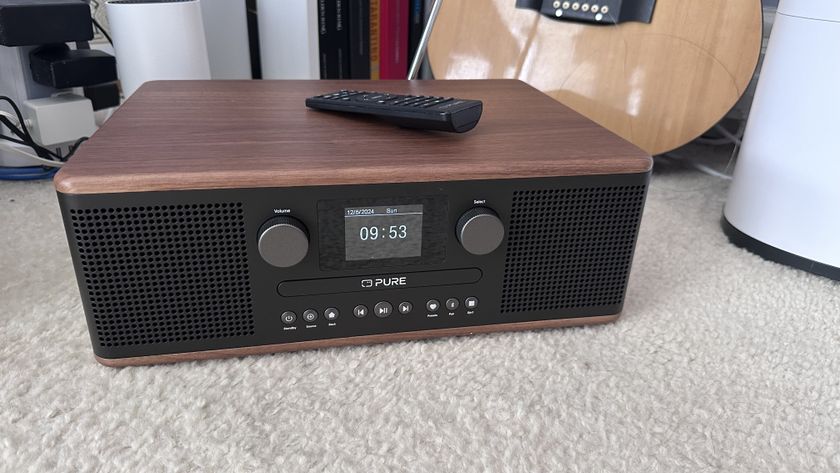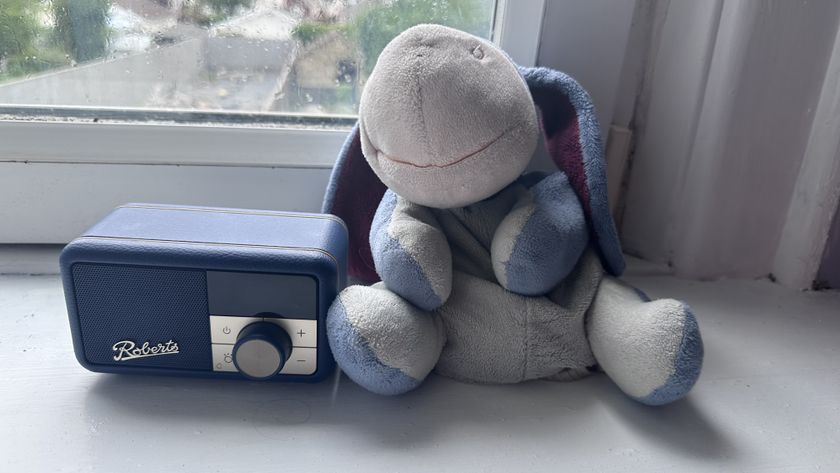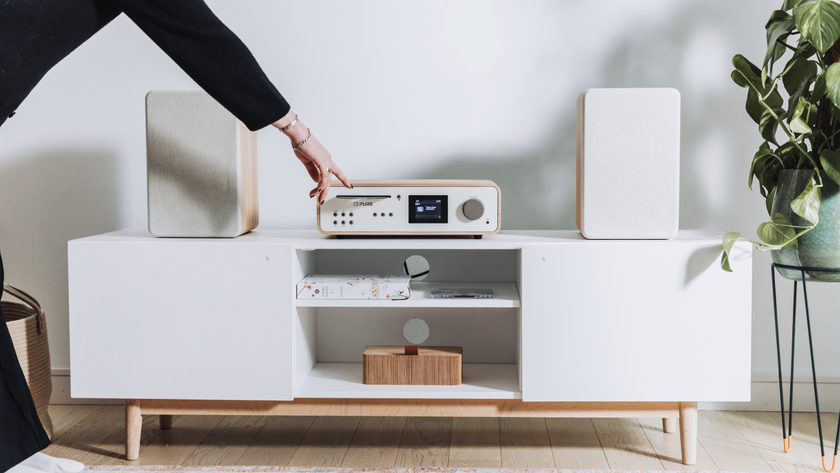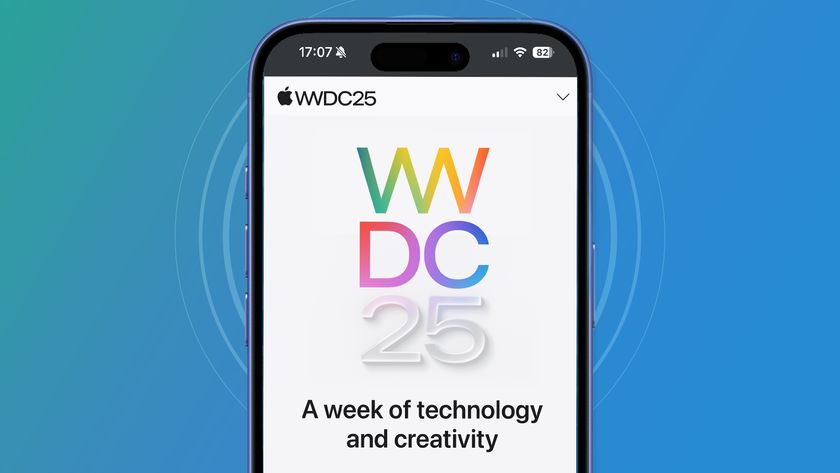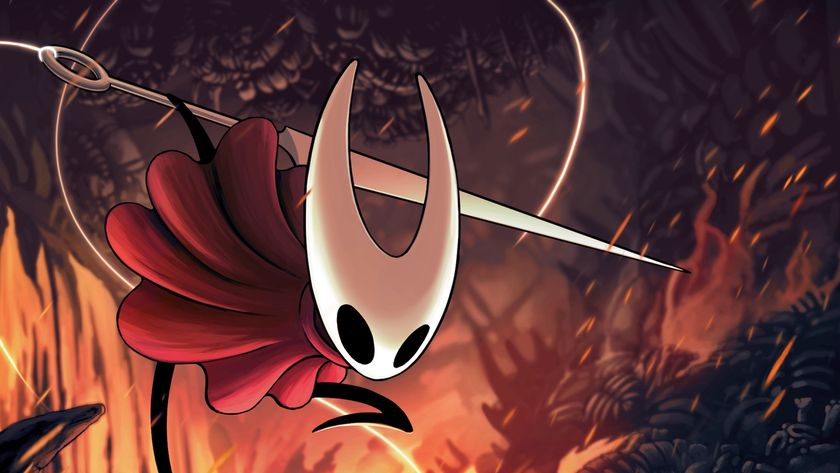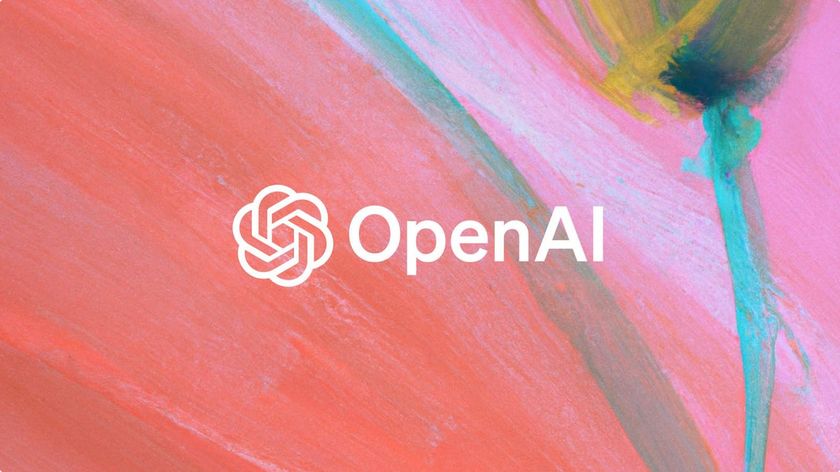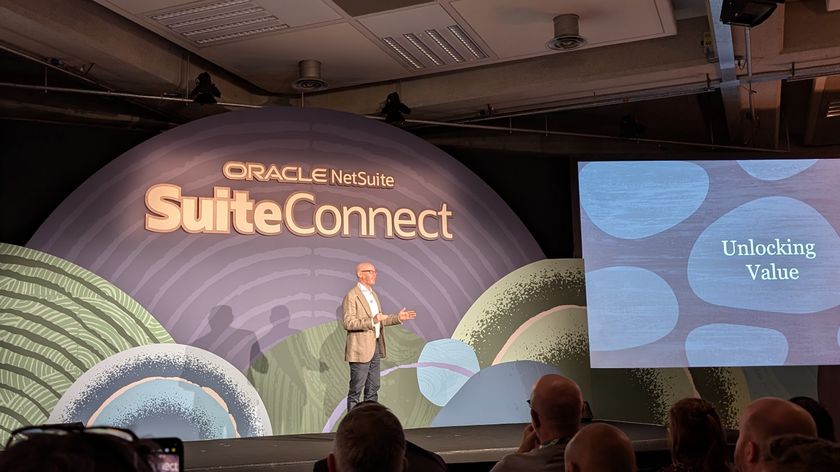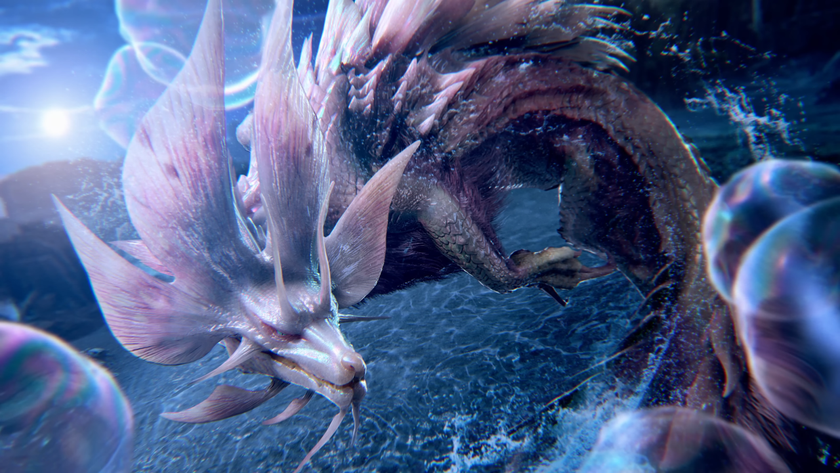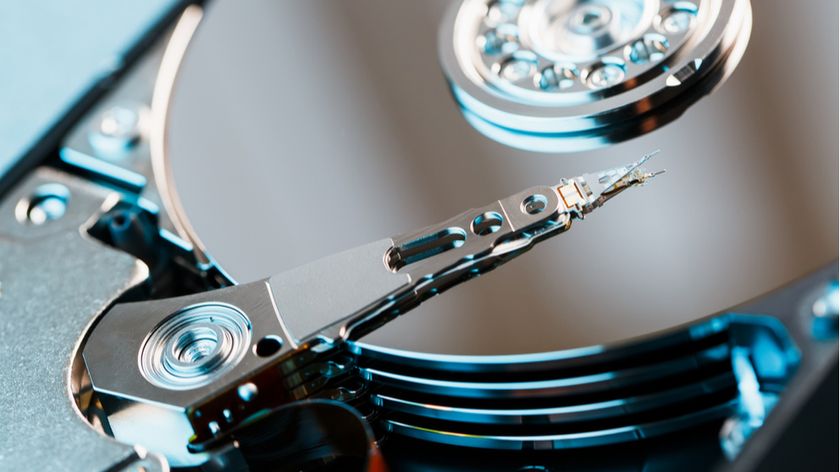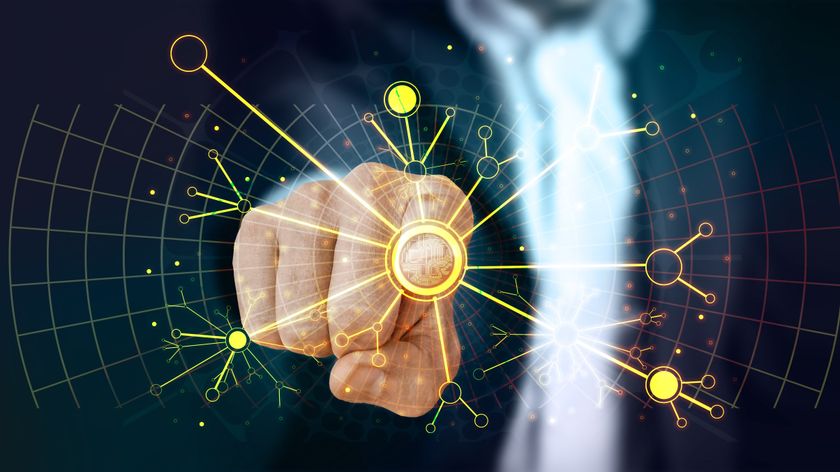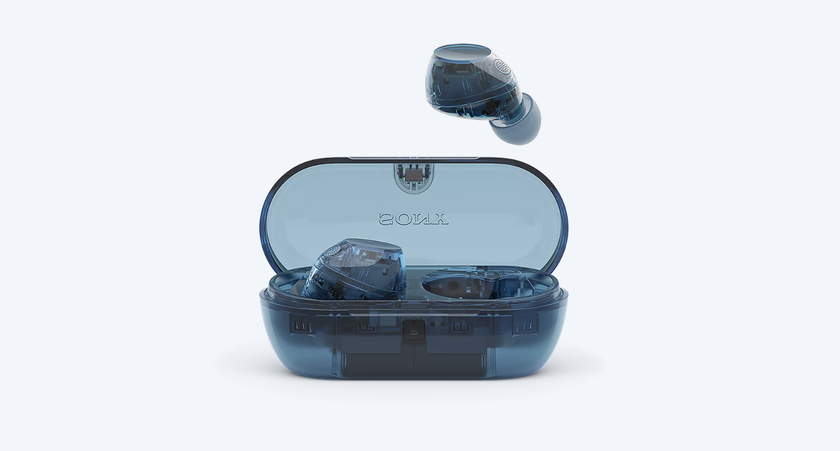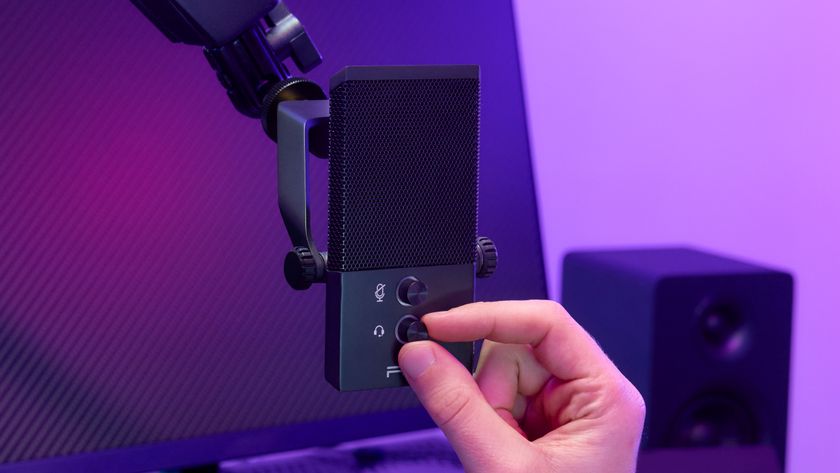Interview: The future of digital radio
DRDB boss Tony Moretta on DAB, DAB+ and internet radio
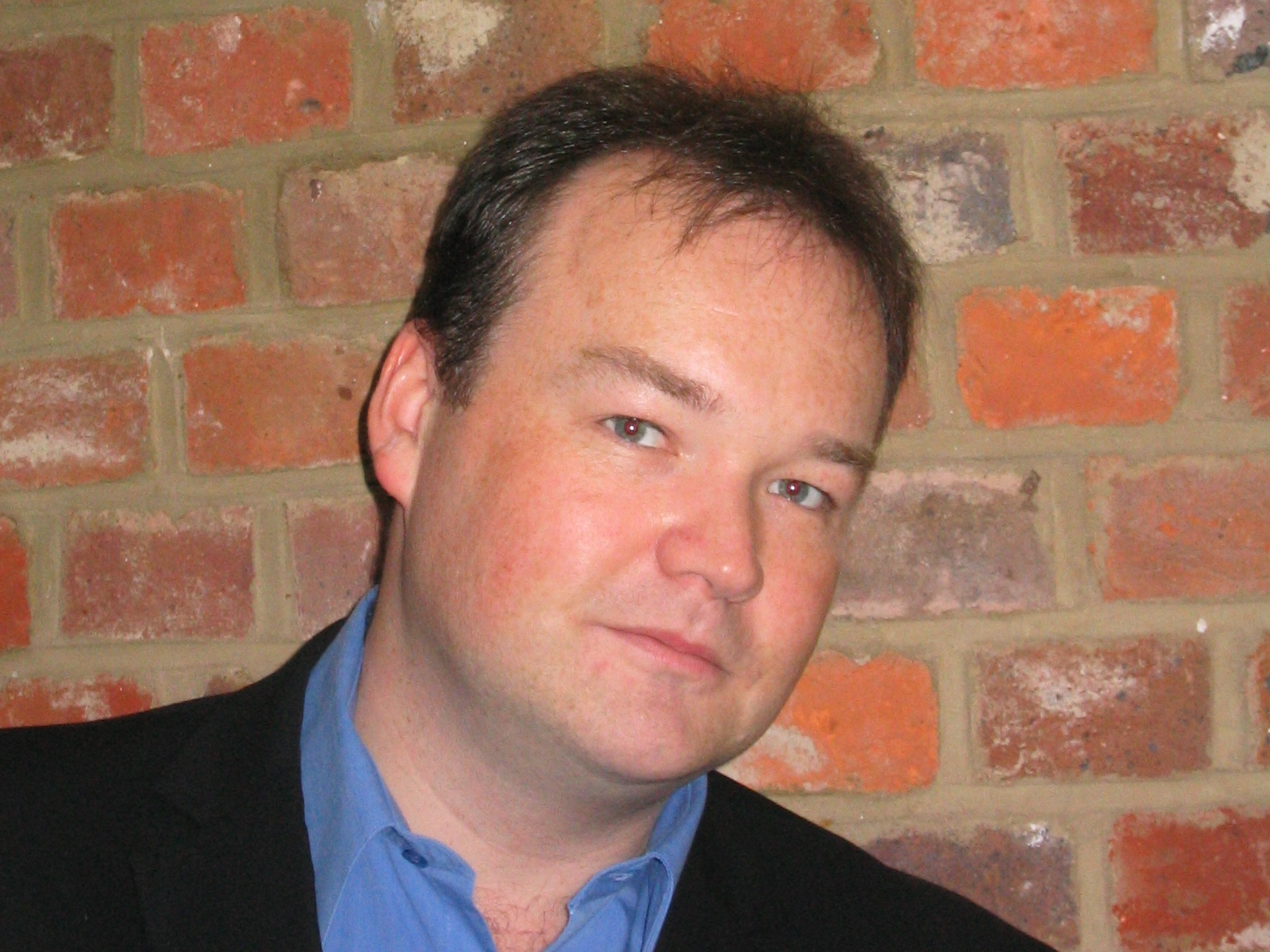
TechRadar recently sat down for a long, revealing interview with the Chief Executive of the UK's Digital Radio Development Bureau, to find out more about what the organisation does and what its vision for the future of radio in Britain is.
TechRadar: What is the DRDB? And who are your stakeholders?
Tony Moretta: We are the radio industry's trade body for digital radio. Uniquely we have both the BBC and commercial radio sitting around our board, so you have the rival commercial and BBC sector and rival commercial radio groups all pulling together to drive digital radio. So we've got the BBC, Global, UTV, Bauer, GMG, Archiva, Digital One… so all of the major players are represented, with their chief execs sitting around our board.
The idea is to 'drive' digital radio. In the early days this was done by driving set sales – telling people what it was, working with manufacturers and retailers to get the right products into stores. Getting the right price points, form factors, styles and so on. Then telling consumers – mainly via radio talk-up, radio advertising, radio promotions and a little bit of print and editorial coverage.
That focus is now moving away from set sales (though that remains a very important part of what we do) towards listening – so driving up the percentage of people listening to digital radio. And we've been shifting our focus towards this, even before the recent Digital Britain report came out.
So that is basically what we do. It's the radio industry pulling together to drive digital radio across the whole 'chain', which includes not only manufacturers, retailers and broadcasters but it also includes government, OFCOM, chip makers and – of course – the consumer.
The analogy I use quite often is that the DRDB is very similar to Freeview, in the sense that Freeview as a body is responsible for developing and marketing the platform of digital terrestrial TV. It has shareholders at Sky, BBC, ITV and Channel 4 – who compete like hell on the content – but they co-operate and have one body responsible for promoting the platform. So our role is to promote the DAB platform (and other digital radio technologies) on behalf of the broadcasters in particular, but also working across the supply chain. So this is why we have one consumer website, one set of consumer materials in terms of point-of-sale and one contact point for the manufacturers and retailers. We offer a lot of support for consumers in terms of telling them where to get the radios, post-code checking the coverage – the stuff that it makes sense to have centralised in order to promote the platform.
Get daily insight, inspiration and deals in your inbox
Sign up for breaking news, reviews, opinion, top tech deals, and more.
Over the last seven years we have also become the key source for market data on digital radio – so we talk to analysts, GfK, Rajar, overseas broadcasters and people who are interested in going onto a digital platform. So we have all the market data on set sales, listening, on consumer likes and dislikes – all going back over time to when DAB started – which nobody else has.
TechRadar: So what are the advantages of DAB over FM?
Tony Moretta: Well, one of the things to remember about FM, is that there just isn't the space to run any more services. Particularly with commercial radio – when you think that there are five national FM services and the BBC has four of them. Commercial radio only has one (Classic FM) and for the other two national commercial stations, they are having to use AM – which of course has its own problems in terms of where you can get it, what the signal is like, its mono… and so on.
So with DAB you have an immediate advantage in that you can offer a lot more services, particularly nationally. The reason commercial radio has mostly been local to date is because that is where the spectrum was. There wasn't the spectrum to have more national services. So you can get more services with digital over FM, which is the first advantage.
We get a lot of people who say that their FM coverage is not that robust but they get DAB. The funny thing is that only recently I was talking to the director of Classic FM – who only lives in Canterbury – and he can't actually get Classic FM very well on FM, but he can get it on DAB!
There are a lot of benefits in the functionality of the radio – the fact that you can just scroll through the list of services that you can get very easily and very quickly. Stuff like accessing text and information services – so obvious stuff like being able to see the names of tracks, artists, travel info, weather, DJs, stations and shows, offers a clear advantage over analogue radio.
One thing that is not very well publicised and not that well known is that a lot of digital radios – especially those made by Pure – have a storage functionality with regards to the text. So it stores the text and you can call it up whenever you like – so some of it is segmented in terms of news, weather, traffic and so on. So you can always instantly bring up what you want.
There is still a lot more that can be done. Things like recording and listen-again functions – Sky+ type functionality for radio - which need the metadata, that cannot be done with analogue. There are other things that will be developed, such as much better traffic data – a service called TPEG, for example, is a way of offering much better traffic data on DAB than you can currently offer on analogue. That's being pushed a lot in Germany right now. Trafficmaster are just about to launch a much-improved TPG service, as they have the capacity on Digital One.
We have only just started, in terms of these types of additionally functionality that you can do on digital radio compared to what you get on FM. But even if you look at the core proposition, even without all of the many additional stations – if you look at somebody that listens to national stations on FM – then you are getting twice as many national services. So you are getting stations like 1Xtra, BBC 6 Music, Radio 7, World Service, Asian Network and so on. All stuff you cannot get on FM. And if you listen to commercial radio, then you are getting stations such as Absolute, TalkSport, Classic FM and so on crystal clear and in stereo.
TechRadar: What about those who say that internet radio and services such as the BBC iPlayer are the future of radio?
Tony Moretta: How are you going to use the iPlayer in a car? How are most people going to use, easily and cheaply, the iPlayer when they are walking around? How are you going to use it in your kitchen?
There is a big future for broadcast radio. Internet radio listening has grown over the last twelve months from 1.9 per cent to 2 per cent of total listening. What is PC and broadband penetration? Around sixty per cent of UK homes? Compare that with current DAB penetration rates of around thirty per cent of UK homes, yet DAB makes up 12 per cent of total listening. Six times more than internet radio. People like listening to broadcast radio.
TechRadar: What about the ways in which listeners can give their own feedback with DAB and digital radio technologies?
Tony Moretta: Yes, what's interesting and what is starting to happen is that you are starting to see radios with both DAB and Wi-F i– what Pure call 'Connected' radios. It is very niche at the moment (to put it in perspective 2.1 million DAB radios were sold last year, compared with around 40,000 internet radios, of which 15,000 have DAB – radios such as Pure's Evoke Flow, Avanti Flow and so on).
The great thing about DAB combined with Wi-Fi is the fact that it offers that 'return path' for listeners. Some things are just always going to make sense to be transmitted as a broadcast platform, because it is a lot more economic for everybody – for the ISPs, for the broadcasters and so on – in a one-to-many way. But in terms of interactivity, with having that Wi-Fi return path and the feedback – considering that radio is quite often a medium that you consume while you are doing something else, whether you are driving or in the kitchen or so on – now, wouldn't it be great if you hear something such as an ad or a music track that you want more info on and you can just touch a 'thumbs-up' button or whatnot on the screen. This 'radio tagging' technology is already available now, so your radio will know what you are listening to at that time and it will tag it.
So that tag will know whether or not you were listening to an ad or a programme or a music track and so on. So wouldn't it be great if you were sitting at your email at your leisure at a later date and you have an email that has been sent to you from the radio station or from the advertiser or whoever saying "you expressed an interest in this track/ad and here is where you can buy it, or here is a voucher for a particular product from an advertiser"?
So that is what the Wi-Fi bit gets you, that return path functionality to complement programming commercially – in terms of getting advertising and stuff. Plus, it is all about developing that right level of functionality that is complementary to the radio experience. You're not going to sit there and browse the web on it! You'll do that on a PC or whatever... But it is that 'glance-ability' – you want to be able to glance at something, press a button and then consume it or listen to it again later at your leisure.
TechRadar: Radio listeners seem to be far more passionate about the shows they regularly tune into – compared with TV, say.
Tony Moretta: Yes, we have data that shows that people are far less promiscuous on radio compared with TV. The average person listens to 2.5 radio stations on analogue. When you give them a digital radio and you double their choice they still only listen to 3 radio stations – so it only goes up by a little bit. They don't go mad! They are still very discerning and very loyal in terms of the stations that they listen to. The other interesting thing which our data shows is that when a listener moves from analogue to digital they listen to those stations for longer – which is of course great for the radio industry.
But radio is also very different, in terms of some stations such as BBC Radio 4 being very programme-centric, while other stations, such as your local breakfast show, for example, are very much more topical and stream-of-consciousness in style.
An example I regularly give is the way in which you listen to the radio in the car. I regularly hear trails on Radio 4 while driving to or from work for an interesting programme that is on that evening. But I might forget to listen to it at home, or to go on the iPlayer to download it. So wouldn't it be great if you could just tap a button in the car and it records it for you automatically? So you can listen to it when you get in the car the following morning, instead of listening to Wogan or the Today Programme or whatever, should you wish. So it is the time-shifting and the listen-again features and that sort of stuff that people will want to use.
TechRadar: A number of digital stations disappeared last year, with broadcasters citing costs as a reason for pulling the plug. Why did that happen?
Tony Moretta: Well, the main stations that went away – aside from all the Channel 4 stuff, which never launched and was nothing to do with DAB – where the GCap stations, such as The Core and thejazz also had nothing to do with digital. You had a company that was trying to resist a hostile takeover that had to show they were making savings on costs and they were basically throwing sandbags out of the hot-air balloon to gain height. It was a very short-termist attempt to try to cut the costs and that is why those stations were closed.
When you are talking about DAB costs, it should also be stressed that it is only more expensive when you are doing BOTH analogue and digital. It is the same in TV and when that industry gets to the switchover point broadcasters can stop paying for their analogue transmission. It is always going to be a lot more expensive when you are effectively paying twice to cover the country. So that is why the goal of the Digital Radio Working Group is for us to get to a point where we can switch analogue off.
TechRadar: So what is the digital radio industry doing to attract new broadcasters?
Tony Moretta: The majority of local multiplexes are more or less full. Following Channel 4 pulling out late last year, there is free capacity on Digital One and the Digital Radio Working Group has made moves to bring down the costs of entry recently. But, to be very honest, we are in an environment where banks are losing 95 per cent of their value! You cannot blame commercial radio groups for NOT wanting to launch new stations in the current climate, taking into account the advertising downturn and so on.
However, there are people that do want to launch out there and are talking to Digital One about it. So the industry is looking at those ways of reducing the costs of access to capacity to commercial stations wanting to launch on a national level. It has been reported that Global is looking to launch LBC (or something similar) as a national news station. NME Radio wants to go digital. Minority and special interest stations such as the Asian Sunrise Radio are looking to launch nationally, and so on. So there is interest out there. It is obviously subdued right now, because there aren't many people launching new businesses right now.
TechRadar: Talking a little more about Lord Carter's recent Digital Britain report – can you tell us a little more about that and about how it relates to the Digital Radio Working Group (DRWG) and the analogue to digital radio switchover plan.
Tony Moretta: Well I think the report is very sensible, because basically what Lord Carter is saying is that they agree with the migration timetable and the targets and the general conclusions of the Digital Radio Working Group (DRWG) – and they want to see a little more information on the industry's plan before fully committing to a switchover plan. Obviously Digital Britain is an interim paper right now, with the final paper due later in the year.
The DRWG is about getting the industry together to talk about how switchover is going to work in radio. What they are effectively saying is – and this is very sensible and government is involved in this as well – is that if the industry gets digital radio listening up to the 50 per cent figure, then the government will do its bit and introduce a migration timetable, because when you get beyond 50 per cent you get to a point where less people are listening on analogue than on digital, so it is clearly a mass market proposition and you know it is going up the curve.
So at that point the government puts in the switchover timetable. Digital listening is across the board by the way – including internet listening and listening via digital TV (on Sky, Virgin Media and Freeview). It also says that before you actually do switch off analogue that people can get all the services on DAB that they get on FM now, so they are not going to loose anything.
In addition to those coverage targets the DRWG also talks a lot about increasing coverage on the roads. Currently, DAB isn't doing badly in-car. A lot of manufacturers are now reporting that a lot of their models, around 50 per cent or so, have DAB radios in them. Another major manufacturer – we can't reveal who it is yet - has just told us that they are standardising DAB across the mass market model ranges, standardising DAB on the top two tiers and offering it as an option on the rest of their range. So again, the target is to offer at least as much in terms of services to in-car DAB owners on the national and local road network than is currently available on FM. So they are the targets of the DRWG and Digital Britain supports them.
